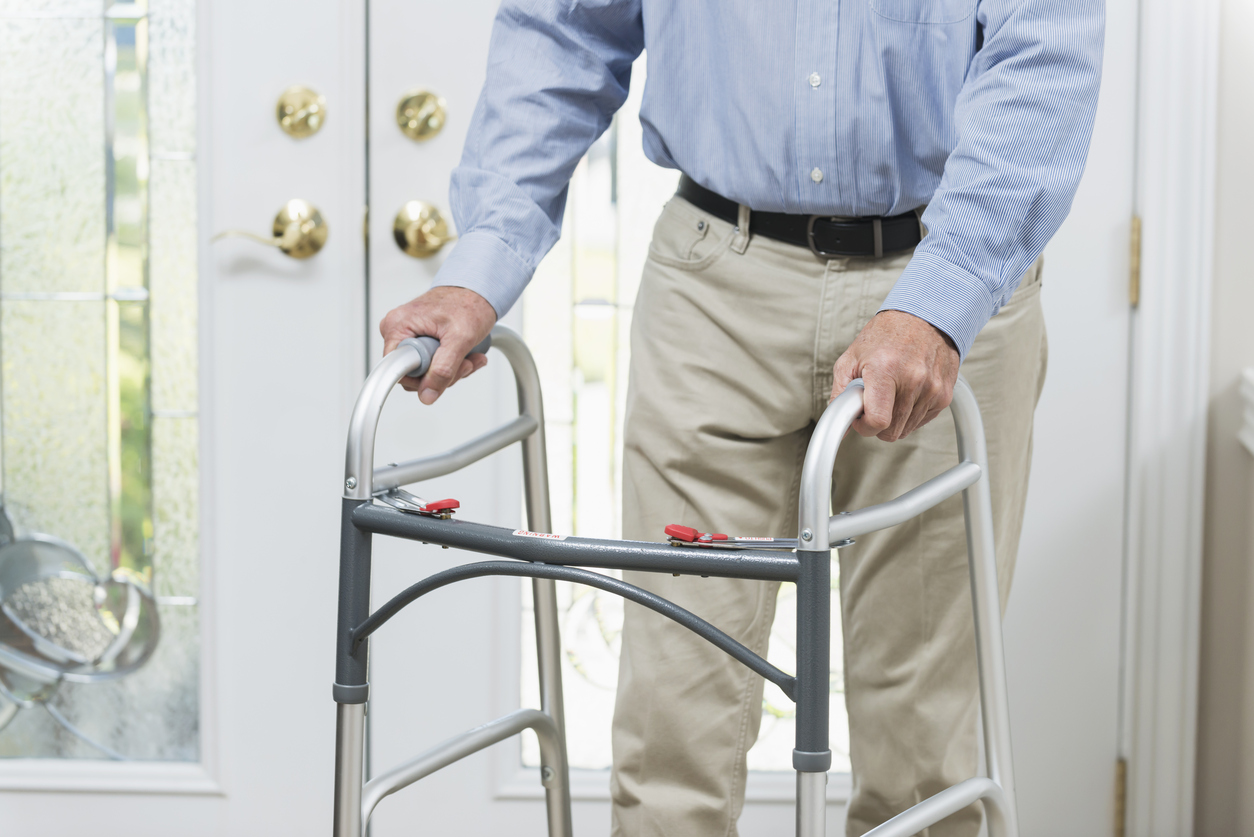As a physician, you have many responsibilities. You maintain a full patient roster, so you can provide a secure job for your staff and yourself. The pressure of making enough money to maintain your profitability as a practice can be overwhelming at times.
Finding ways to reduce your stress while increasing your profitability allows you to make patient care your priority, not finances. Dispensing medications is proving to be a wonderful way to do this.
In-office dispensing is becoming more popular as physicians recognize the benefits for both the practice.
Why Medication Dispensing Makes Sense
Thousands of medicines are available for prepackaging. From decongestants to contraceptives to medicines associated with mental illness can be prepackaged and shipped to any clinic, no matter what level of medical degree or specialties exist within a practice.
Physicians find a great deal of comfort knowing each medicine ordered for inventory goes through an intense inspection process that meets FDA approval. Extraordinary steps are taken to ensure medicines are prepackaged correctly and are shipped in a timely manner. It is a top goal to make all custom orders a priority.
When most of your patients are taking at least one prescription, it is likely there are commonalities among the prescriptions you write. Some of your patients are likely on four or five prescriptions for similar problems.
Finding these common prescriptions is a great start to creating your list of medicines to dispense and increase your profitability.
Common Medications
The most common drugs prescribed by physicians last year included analgesics, antihyperlipidemic agents, and antidepressants.
Solid, compressed, time-release and coated are the most common types of solid form dosages today. Tablets appear to be the easiest form for most patients.
Solid form dosage medicines commonly used to treat the most common illnesses are in tablet form. These are used to treat patients with heart disease, as well as many other illnesses.
All these medicines are available in prepackaged form and can be dispensed in your office, giving you the profitability you need versus sending money to a pharmacy. In addition to dispensing common medications, you can dispense durable medical equipment for higher revenue.
Durable Medical Equipment
Patients would much rather purchase their needed equipment from you, at the point of care, rather than from a pharmacy who can mark prices higher than you will. The convenience alone saves your patients money.
It can mean more profitability for you, however.
Durable medical equipment, dispensed in-office, is a huge benefit for patients. Patients who need durable medical equipment often are handicapped or disabled in some way.
To help patients move around, a doctor can prescribe specific mobility devices such as wheelchairs, walkers, scooters and canes.
Specific personal care aids include rods to help patients pull up their own pants and socks. They can also include raised toilet seats for patients who have trouble bending. Bath and shower aids can include handles and shower stools.
All personal care aids enable the patient to remain independent.
Artificial limbs are serving over two million Americans today.
Orthotic equipment is often prescribed by doctors for foot therapy and pain relief. Common orthotics include shoe inserts, possibly to help with arch support. Others include heat moldable orthotics, and shoe insoles.
Durable medical equipment can be dispensed along with durable medical supplies, which are different for your patients. Although different, still very much needed and an uncomplicated way to create extra profitability.
Durable Medical Supplies
Durable medical equipment is sometimes confused with disposable medical supplies. While both are needed and used by the elderly, ill and disabled, they are different.
The main difference is that durable medical supplies are items that help a patient care for themselves but are disposed of once used. Examples of supplies include blood sugar testing strips for diabetics. Durable medical supplies can also include disposable gloves that a patient or caregiver may wear during a daily treatment.
Supplies can also include bandages, catheter equipment, needles for injections and diapers. If it is used once and then thrown away, it is considered a durable medical supply.
These items at a pharmacy can be quite expensive. Because you can offer the supplies at a lower mark up price, your patients will recognize and appreciate this benefit. Dispensing medical supplies is a straightforward way for you to increase your profitability.
Keep Adding Ancillary Services For Profitability
Once you establish and see success with the ancillary service of dispensing medication, equipment and supplies, you can then proceed with even higher revenue services.
In-office dispensing can be followed up with much needed in-office lab testing. You could also add x-ray and diagnostic testing for your patients, or even diabetes education.
Some physicians even go further and add an urgent care clinic to their list of services. While this may seem like a huge undertaking, the others are much more doable with the cost of the equipment being the most expensive.
The more services you provide to your patients at the point of care, the better. You are showing you care about your patients by saving them time and closing the gap between the time you prescribe an order to the time they receive it.
The more ways you establish to bring in extra income, the higher your profitability. With providing just in-office consultations and check-ups, you are relying solely on those appointments, and those set fees, to support your practice.
Adding ancillary services can give your practice more avenues of support and greater financial security. On those days when patients may not show up for appointments, you can feel secure that your ancillary services are making up for any profit losses.
Having multiple streams of revenue is always a better option, for you, your staff and your patients.




